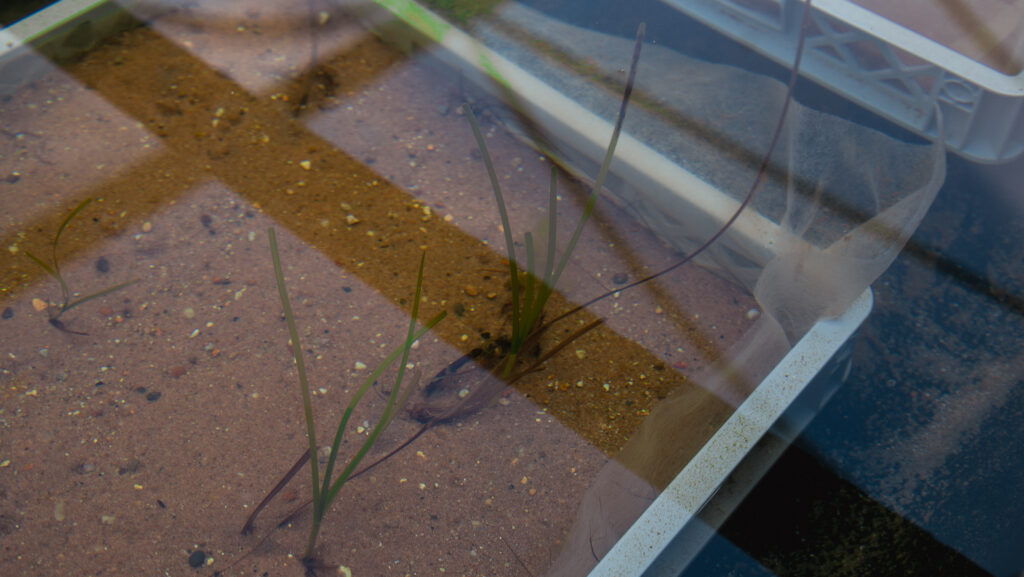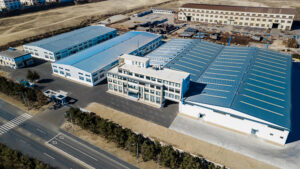UK charity launches its largest seagrass restoration project

The Ocean Conservation Trust has launched the Blue Meadows project, the biggest and most ambitious seagrass project to date. The UK based charity says its goal is to protect what remains of UK seagrass meadows, and restore what has been lost.
Restoration of seagrass meadows is often hampered by poor germination rates, the fact plants only flower once a year and the high cost of seed collection. To tackle these issues, the Ocean Conservation Trust has constructed a 400 square metre purpose-built facility for plant aquaculture at MDL Marinas’ Dartside Quay.
Funded by the Green Challenge Recovery Fund, the new facility is said to be the largest seagrass nursery site in the UK, with its location on the banks of the River Dart in Torbay allowing the seawater to be pumped directly into the facility.
“At MDL, we’re committed to protecting the marine environment, which we rely on for both work and recreation,” says Tim Mayer, sales and marketing director at MDL. “Through our #greenermarinas initiatives, we’re aiming to become the UK’s most sustainable marina operator and therefore we’re delighted to be working with the Ocean Conservation Trust and supporting its Blue Meadows project. The importance of seagrass restoration cannot be overstated, given the important role it plays in protecting our coastlines.”
According to the Ocean Conservation Trust, Blue Meadows will help protect and restore seagrass meadows, one of the most valuable and biodiverse habitats on the planet. Reported to be up to 35 times more efficient at absorbing carbon than rainforests, seagrass despite only covering 0.2 per cent of the seafloor, stores 10 per cent of the ocean’s carbon.
Mark Parry, development officer at the Ocean Conservation Trust, comments: “We are delighted to have received the support to construct this ground-breaking facility. It plays a key role in our research and development programme which is exploring different techniques to enable large scale restoration of this important habitat, ensuring a healthy future for it.”










